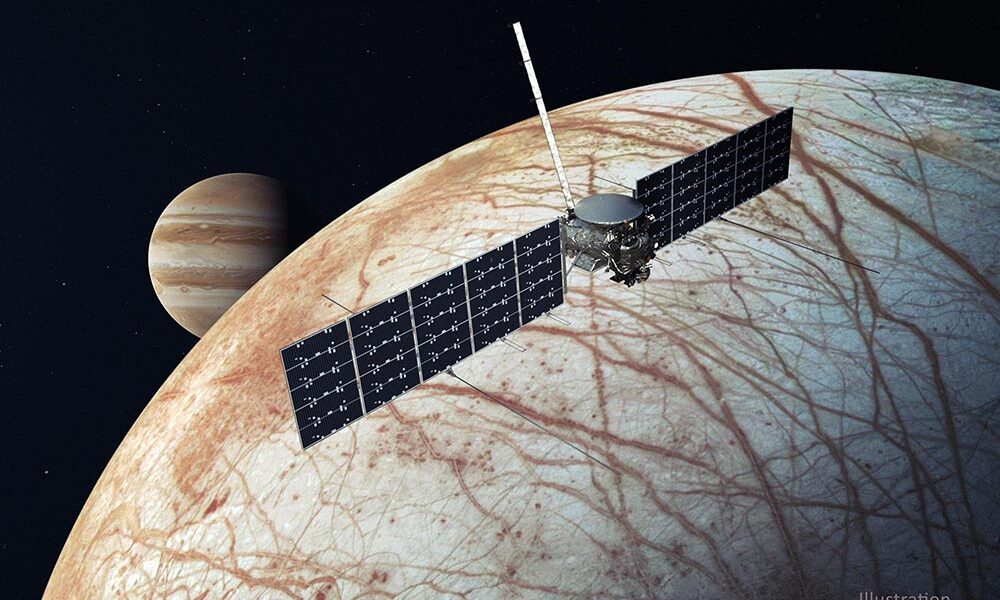Advanced Materials Development collaborates with NASA



Advanced Material Development (AMD) has signed a contract for collaborative work with NASA’s Jet Propulsion Laboratory (JPL) for AMD’s proprietary thin-film coatings technology – a Radio Frequency absorbing nanomaterial that can be applied to a variety of substrates.
The collaborative work is planned to be used for the NASA Europa Clipper spacecraft electromagnetic compatibility test campaign. AMD’s materials could help enable the Europa Clipper project to confirm that the spacecraft’s sensitive ice-penetrating radar will operate properly at key frequencies so as to meet science objectives.
The Europa Clipper spacecraft will perform dozens of close flybys of Jupiter’s moon Europa, gathering detailed measurements from multiple instruments, including the radar instrument, to investigate whether the moon could have conditions suitable for life. Europa Clipper’s primary objective is to determine whether there are places below Europa’s surface that could support life.
Commenting on the collaboration, AMD’s Chief Operating Officer, Richard Lee said:
“Working with JPL, NASA’s globally recognised ‘space-frontier’ technology lab, is not just testament to AMD’s capability and its future, but verification that AMD’s nanomaterial science continues to provide solutions for major challenges. This contract is a huge milestone in AMD’s evolution but more so, it is a huge honour to be involved in the challenges of space exploration.”
JPL is a research and development laboratory federally funded by NASA and managed by the California Institute of Technology. To find out more about JPL visit https://www.jpl.nasa.gov/
To learn more about NASA’s Europa Clipper mission, visit https://europa.nasa.gov/mission/about/
To learn more about Advanced Material Development, visit www.amdnano.com